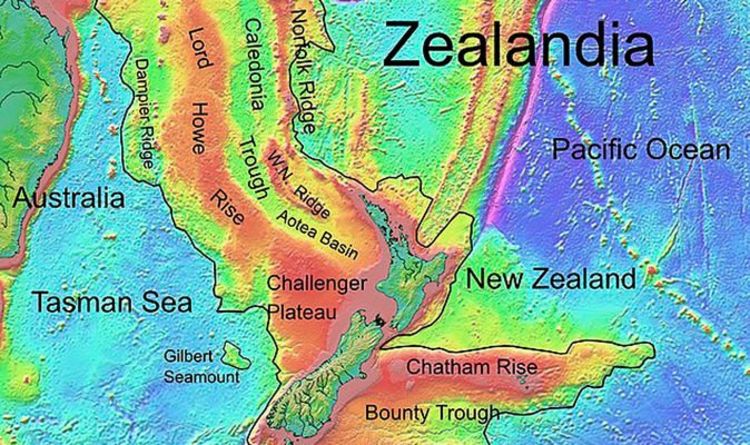Hidden boundaries of lost continent ‘Zealandia’ revealed in incredible detail.
The underwater continent broke off from Gondwana 80 million years ago.
The following written content by Stephanie Pappas

A new ocean-mapping expedition is drawing the boundaries of Zealandia, a submerged “lost continent” that hosts New Zealand and the territory of New Caledonia in the South Pacific.
Zealandia broke off from the supercontinent Gondwana between 79 million and 83 million years ago. Except for New Zealand and New Caledonia, this fragment of continental crust now sits on the ocean floor. It’s not the only bit of continental crust that’s detached from a larger continent, but it is the largest at 1.9 million square miles (4.9 million square kilometers). That’s six times larger than the next-largest continental fragment, the microcontinent of Madagascar.
Zealandia, also known as Te Riu-a-Māui in Māori, was assigned continental status in 2017. Since then, researchers have been working to map the lost continent — no easy feat, as 94% of it is under water.
Now, Derya Gürer, an earth scientist at the University of Queensland in Australia, and her colleagues have collected new data on the northwestern edge of Zealandia, which is located offshore in Queensland’s Coral Sea Marine Park. The researchers spent 28 days aboard the vessel Falkor exploring the region, mapping 14,285 square miles (37,000 square km).
“Our expedition collected seafloor topographic and magnetic data to gain a better understanding of how the narrow connection between the Tasman and Coral Seas in the Cato Trough region — the narrow corridor between Australia and Zealandia — was formed,” Gürer said in a university statement.
The area between the Australia plate and the Zealandia plate is likely very complicated, Gürer said. There are probably several microcontinents submerged there, all of which splintered off the main continental masses when Australia broke free of Gondwana. (The supercontinent encompassed what is today South America, Africa, Antarctica, Australia, Zealandia, Arabia and the Indian subcontinent.) These fragments of continental crust are different from the surrounding oceanic crust of the seafloor, which is denser and thinner than continental crust. Read more from Live Science.





